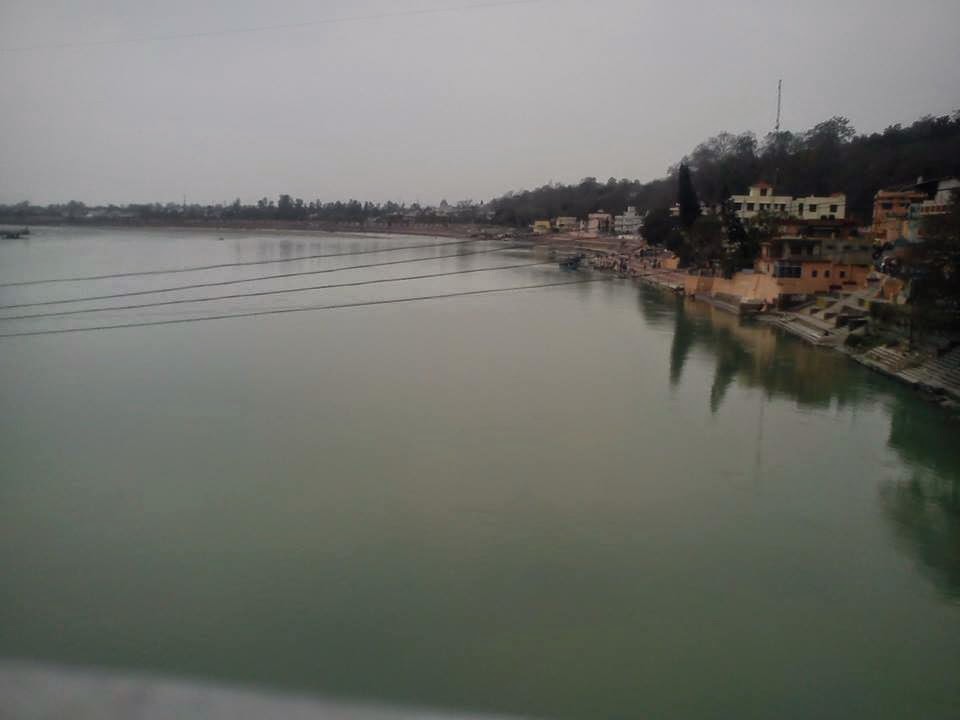Handling Desires : 6.

The mind can, therefore, satisfy itself by various means. Our attempt at a sublimation of desires would not always be fruitful, because who is to control or subjugate the mind? There is no doctor for it. It is the mind itself that has to rectify itself by an internal adjustment of its constitution. The mind is the patient, and the mind is the doctor. This is something difficult to conceive. How can the doctor and the patient be the same? But this is the situation. There is a peculiar feature in the mind which can act as a regulator for another feature of the very same mind which is to be regulated. In common language it is sometimes called the higher mind controlling the lower mind, etc. Thinness of desire is an occasional device which the mind may adopt for the sake of making it appear that the desires are not there, while this subtle connection in the form of that thinned form of desire, thinned shape of desire, can swell it into inflated action the moment opportunities ari...























